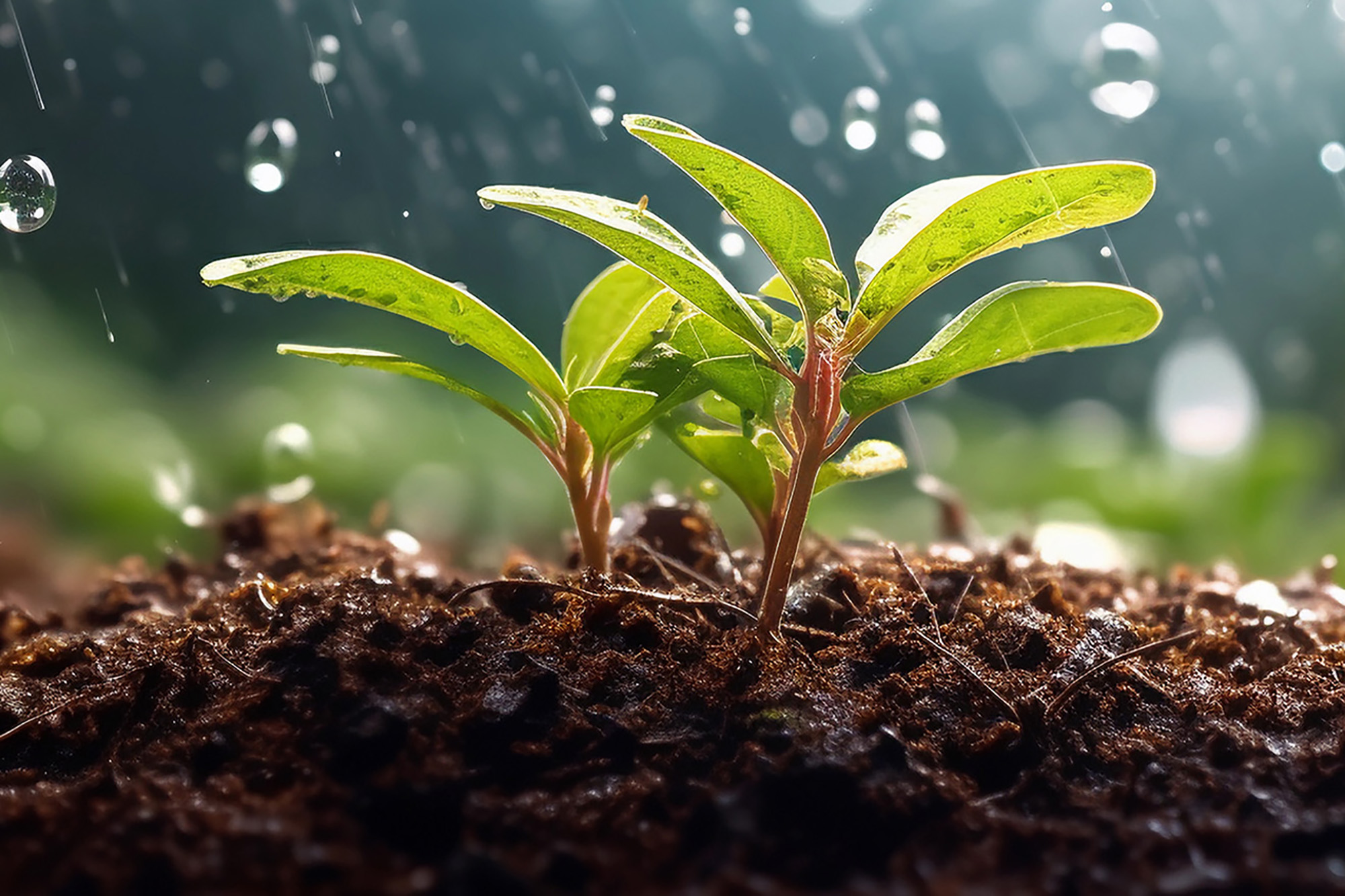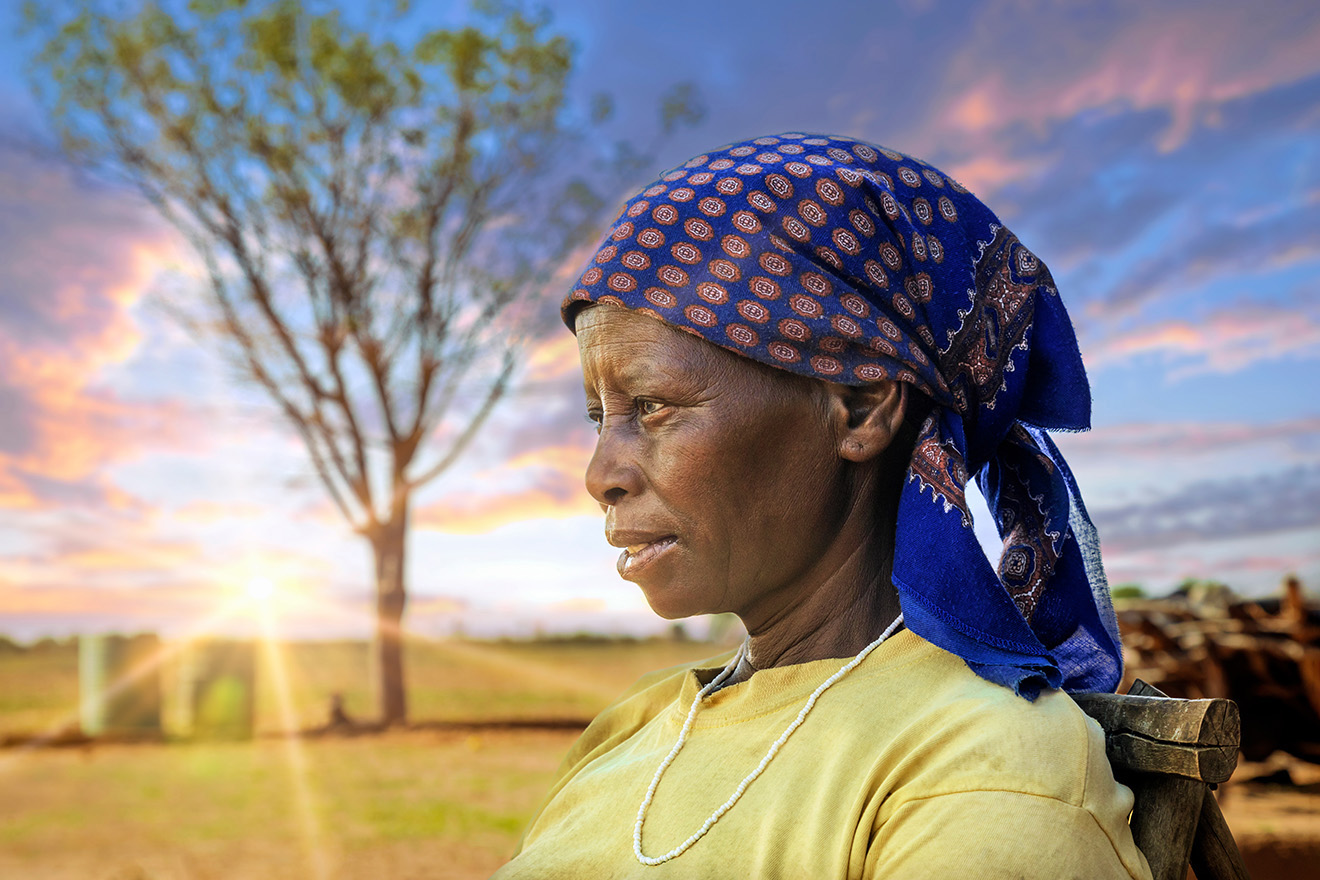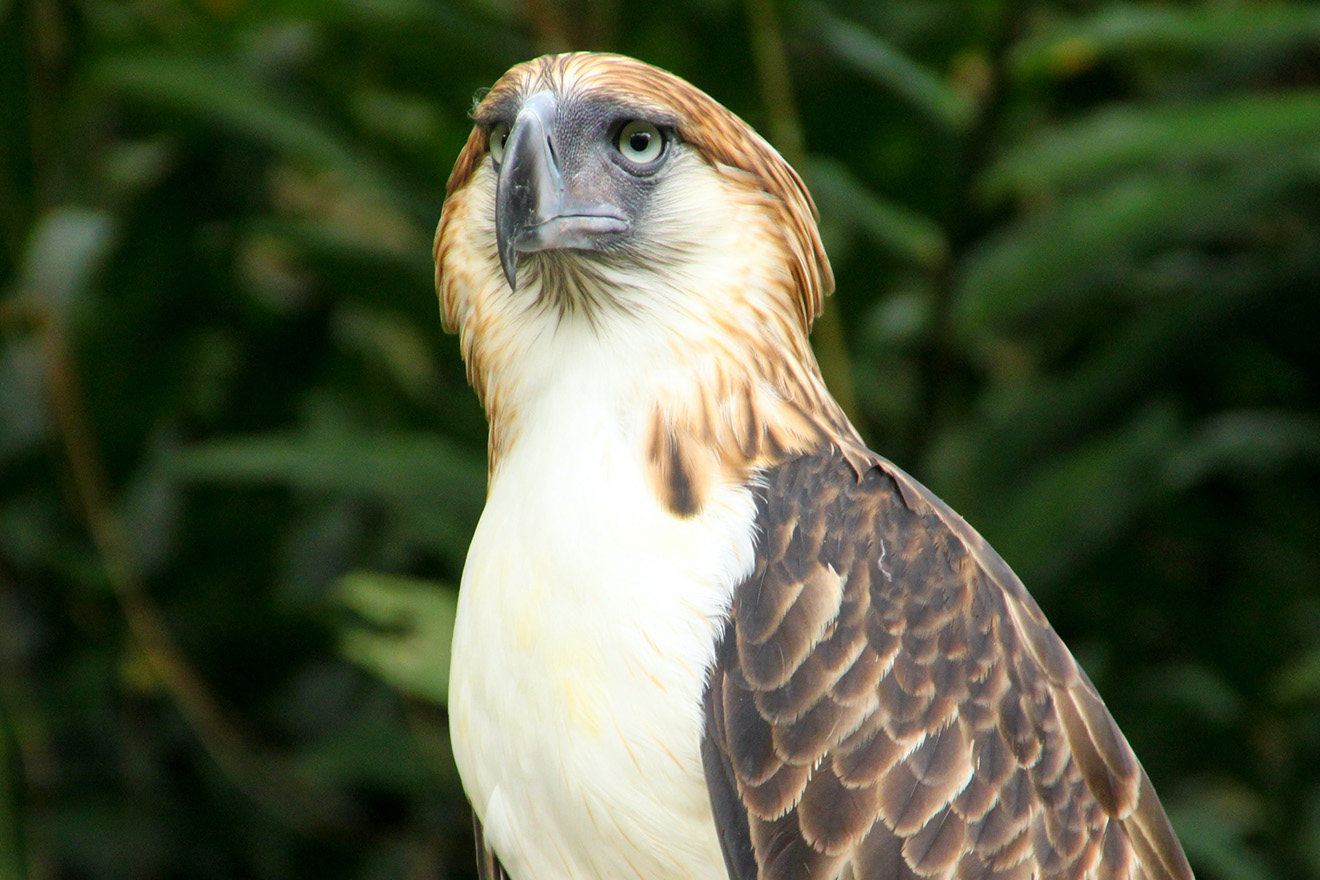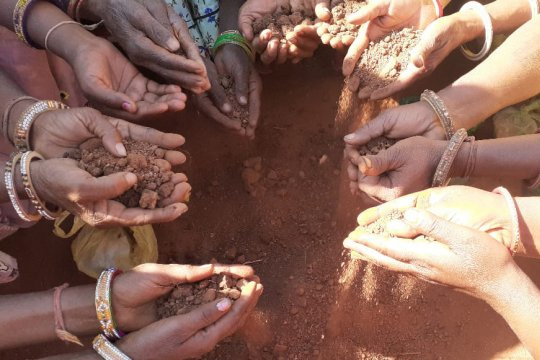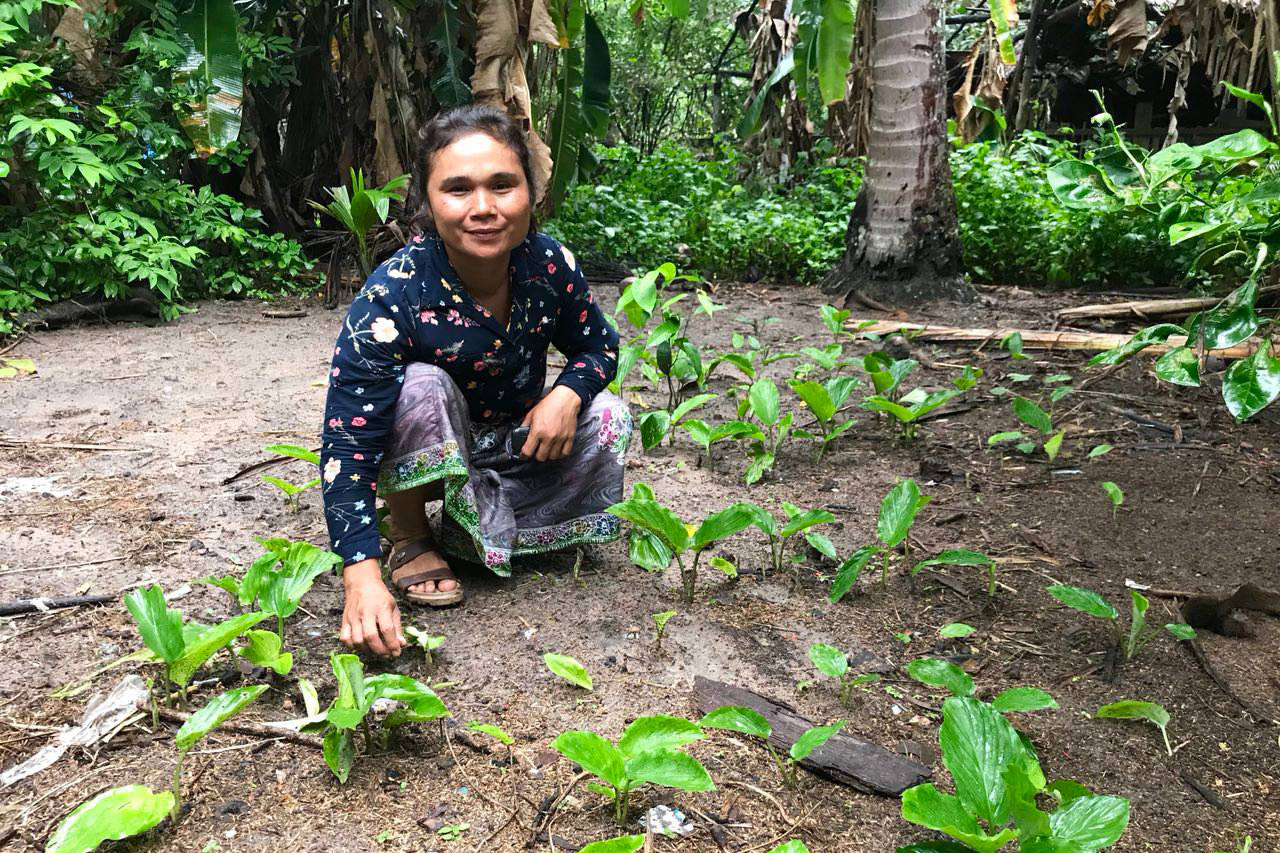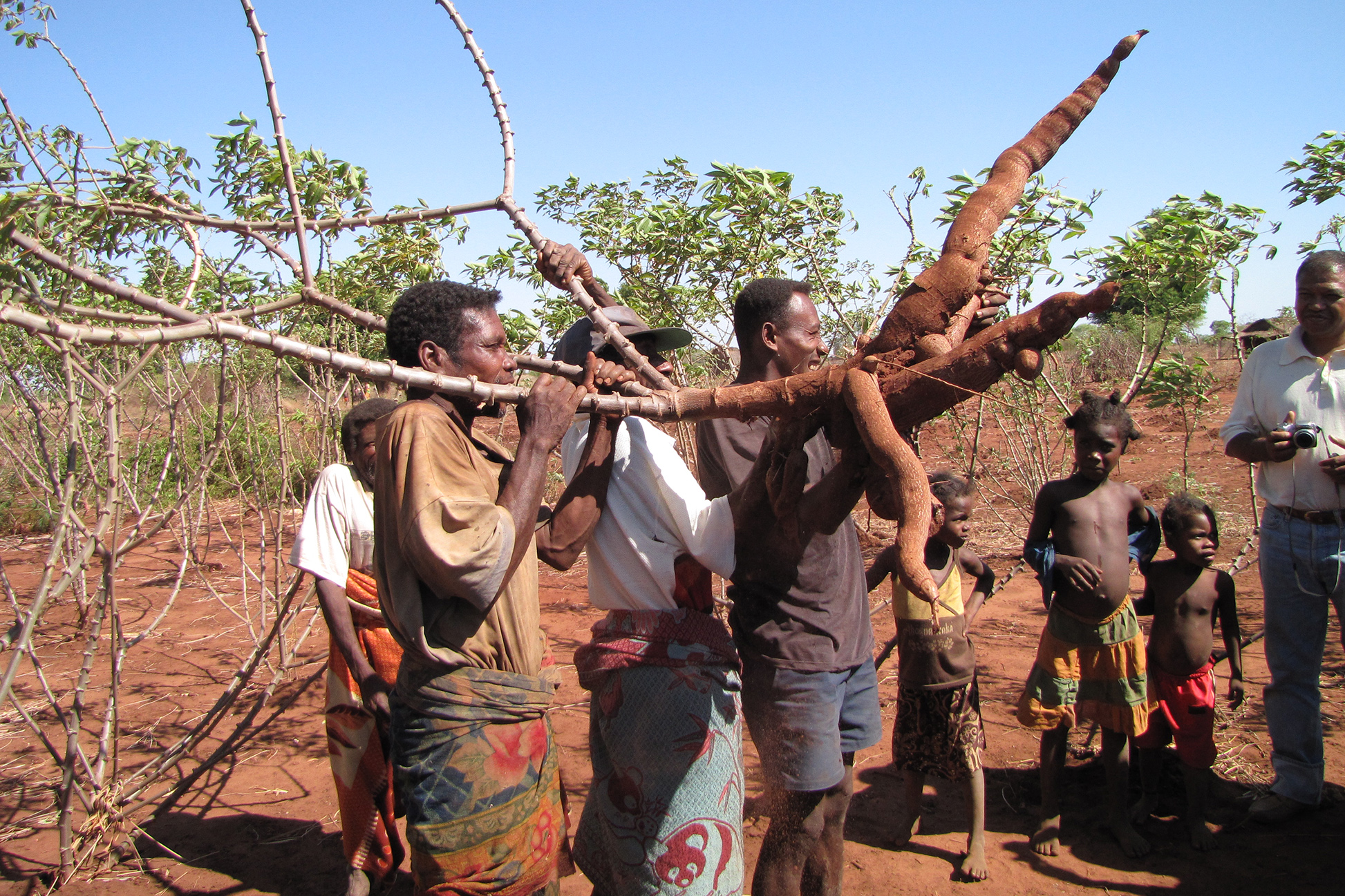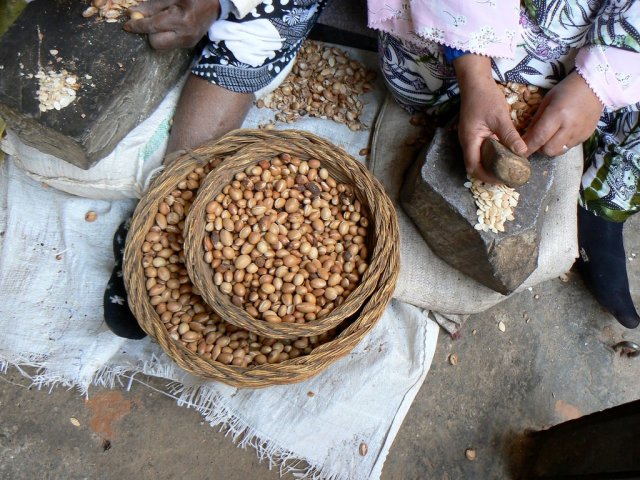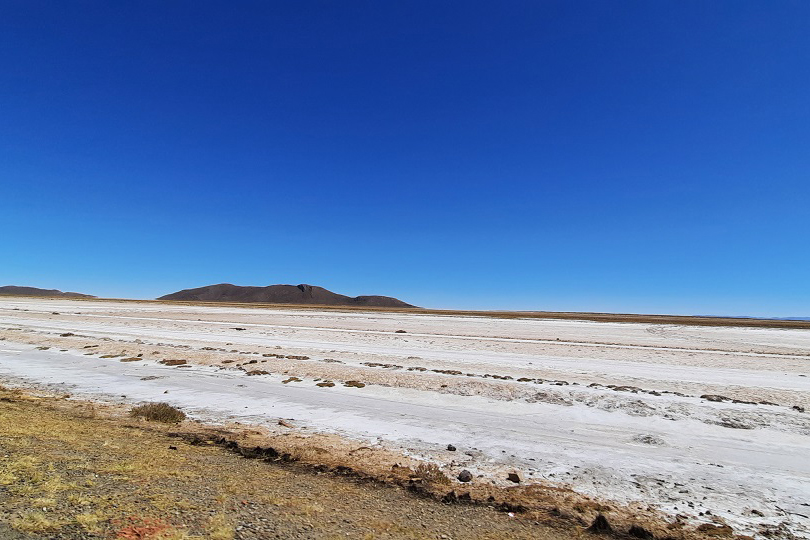Our planet’s survival depends on the delicate balance between soil and water, a precious link that generates over 95% of our food. However, climate change and human activity are degrading soils and straining water resources. World Soil Day 2023 (5 December), led by FAO, defends the need for sustainable practices to combat soil erosion and pollution, enhance soil health, and aid water storage. Achieving those needs would be crucial to create sustainable food systems, and even mitigate climate change. Join FAO’s campaign, and use its materials to spread the message.
Land, Plants, and Soil
Women hold a vital stake in the health of the land. Yet they often don't have control over it. In many regions, they remain subject to discriminatory practices that impede their right to inherit and access services and resources to prosper. Moreover, when land becomes degraded, and water is scarce, they are often the worst affected. This International Day Against Desertification and Drought (17 Nov) claims "Her land. Her rights" as a direct investment in our future. It is time for women and girls to be at the forefront of land restoration and drought resilience efforts. Join the campaign!
We depend on plants for 80% of our food and 98% of our oxygen. But international travel, trade, and rising temperatures could have introduced and spread plant pests. Invasive pest species are one of the main drivers of biodiversity loss, threatening our planet. In response, the use of pesticides could increase - harming pollinators, natural pest enemies, and crucial organisms for a healthy environment. The International Day of Plant Health 2023 (12 May) calls on everyone to raise awareness and take action to keep our plants healthy and help protect the environment and biodiversity.
The planet is experiencing a dangerous decline of nature due to human activity. One million plant and animal species are threatened with extinction. The recent adoption of the Kunming-Montreal Global Biodiversity Framework, a global blueprint to save the planet’s dwindling biodiversity, will try to reverse this nature loss through a package of ambitious targets. But why is biodiversity so crucial to combat climate change? Discover the reasons that make biodiversity our strongest natural defense against climate change.
The equivalent of one soccer pitch of soil erodes every five seconds, yet it takes 1,000 years to produce just a few centimetres of topsoil. Soil is the life support of our food and agriculture. We rely on soils for 95 percent of the food we consume. Yet on this course, by 2050, 90 percent of all soils are set to be degraded. Without change, degrading soils will put our ecosystems, our climate and food security in jeopardy. FAO’s Global Soil Partnership (GSP) has been working for the past decade with countries and over 500 partners to address soil-related issues.
Cambodia’s rich biodiversity and its associated genetic resources makes it attractive for commercial bioprospecting. It encompasses a high number of known native medicinal plants. To counter various threats to Cambodia’s biodiversity, the UNDP-supported, GEF-financed project, Developing a Comprehensive Framework for Practical Implementation of the Nagoya Protocol in Cambodia, is working to strengthen the country’s capacity for access to benefit sharing vis-à-vis Cambodia’s genetic resources. A well-developed and functioning Access and Benefit Sharing (ABS) national legal, institutional, and administrative framework will enable the equitable sharing of benefits from the utilization of genetic resources and associated traditional knowledge.
Tafo Mihaavo is the national network of local communities in Madagascar practicing customary natural resource management. Established in 2012, Tafo Mihaavo has more than 600 members who work in ecosystem safeguarding and restoration across 22 regions. Tafo Mihaavo has developed strategies on community natural resource management to enhance the legal recognition of local community rights. Indigenous peoples and local communities are environmental stewards of many of the world’s biodiversity and cultural hotspots. With the territories and areas conserved by indigenous peoples and local communities accounting for approximately 32 per cent of ecologically intact global land, studies show that global biodiversity goals cannot be met without them.
Fifteen years ago, Africa’s leaders had a vision that would change the future of their continent. They imagined a thin but powerful green line strung between the Indian Ocean and the Atlantic: a strip of trees 8,000 km long and 15 km wide. It would trace the Sahel, the dryland region sandwiched between the Sahara desert to the north and the savannah to the south. Today, this vision has been refined. The Great Green Wall (GGW) is now envisioned. IFAD is among the guardians of this vision.
Rich and healthy soils are the basis of all life on Earth. Yet up to 40 percent of the planet’s land is degraded, affecting half the world’s population. Especially at risk are people living in drylands – covering 45 percent of the Earth’s surface – which are prone to desertification and the devastating impacts of climate-related shocks such as disease, drought, flooding and wildfire. Around 12 million hectares of land are lost each year to degradation. UNDP and its partners are working towards a land degradation-neutral world, to support ecosystem functions and improve food security.
FAO’s new report, Wild Check: Assessing risks and opportunities of trade in wild plant ingredients, helps us better understand and support the responsible sourcing of wild-harvested plants.
The United Nations designated 12 May the International Day of Plant Health (IDPH) to raise global awareness on how protecting plant health can help end hunger, reduce poverty, protect biodiversity and the environment, and boost economic development. The Day is a key legacy of the International Year of Plant Health 2020.
Imataca is a vast tropical forest in southeast Venezuela spanning 38,000 square kilometers. Rich in biodiversity, the forest is home to thousands of plant and animal species. Decades of illegal logging and mining have led to deforestation and loss of wildlife. The Karina indigenous people living in the forest are working hard to change this. Through a women-led initiative, supported by the Food and Agriculture Organization of the United Nations (FAO), they’re ensuring the forests of Imataca are now protected for generations to come.
Producers: Marina Sánchez Castelo, Charlotta Lomas, Anais Hotin.
Presenter: Charlotta Lomas, FAO.
Photo credit: ©Jesús Contreras/FAO.
Located in the Escuintla district on Guatemala’s Pacific Coast, the wetlands around Sipacate-Naranjo are treasured conservation areas. Although Sipacate-Naranjo represents a great wealth of biodiversity and natural value, a large percentage of the local population (≈20,000 people) - indigenous and local communities living adjacent to the park – lives close to the poverty line, in need of economic opportunities to survive. Given the great potential of Sipacate-Naranjo, the UNDP-implemented, Global Environment Facility’s Small Grants Programme (SGP) supported the Wildlife Conservation Society (WCS) on an ecotourism project to build the capacities of the communities of Sipacate-Naranjo for activities that simultaneously conserve nature and contribute to the local economy.
FAO has launched the Global Map of Salt-Affected Soils. Most of them can be found in naturally arid or semi-arid environments in Africa, Asia and Latin America. The map allows experts to identify where sustainable soil management practices should be adopted to prevent salinization.
FAO has launched the Global Map of Salt-Affected Soils, a key tool for halting salinization and boosting productivity. The map estimates that there are more than 833 million hectares of salt-affected soils around the globe (8.7% of the planet). Most of them can be found in naturally arid or semi-arid environments in Africa, Asia and Latin America. However, the map also shows that 20 to 50 percent of irrigated soils in all continents are too salty, meaning over 1.5 billion people worldwide face significant challenges in growing food due to soil degradation.

